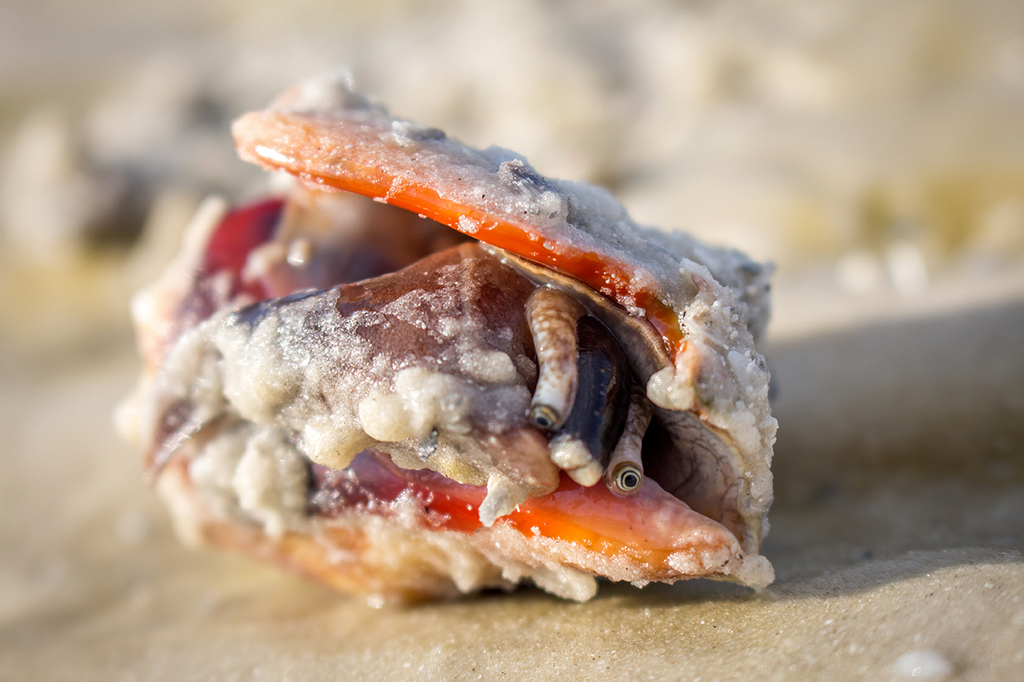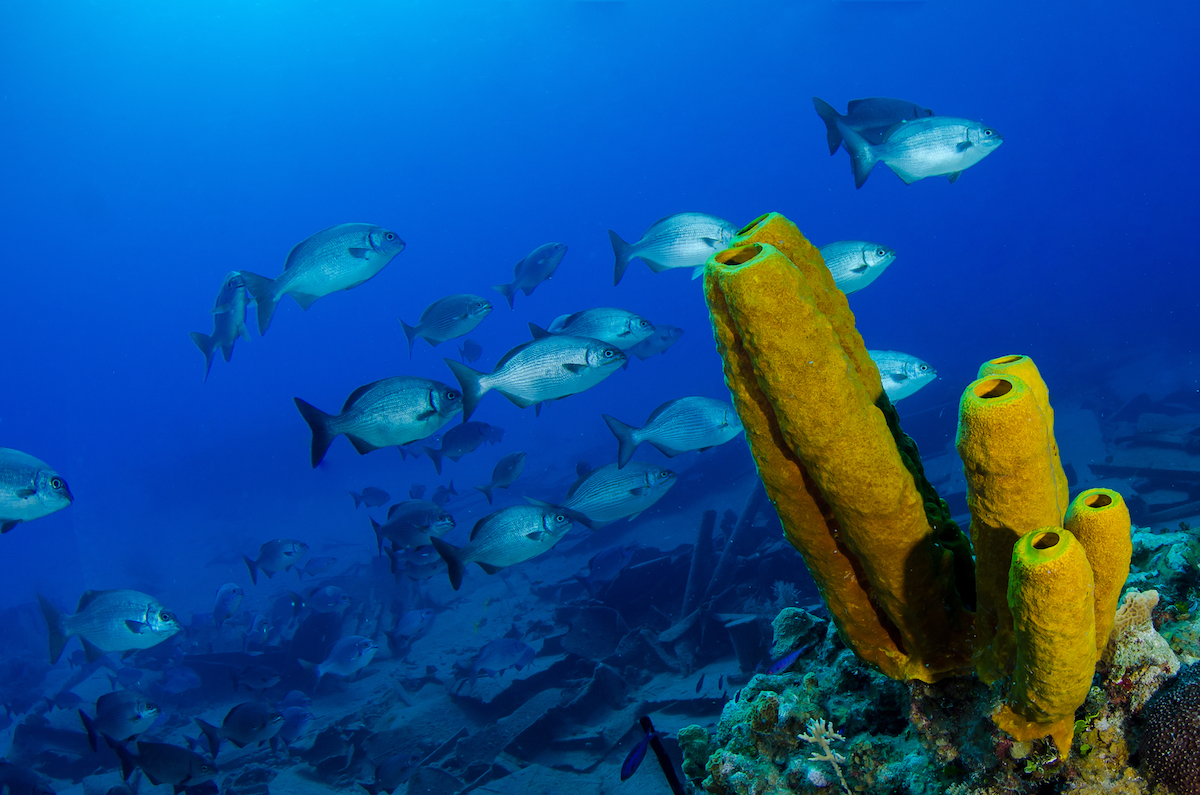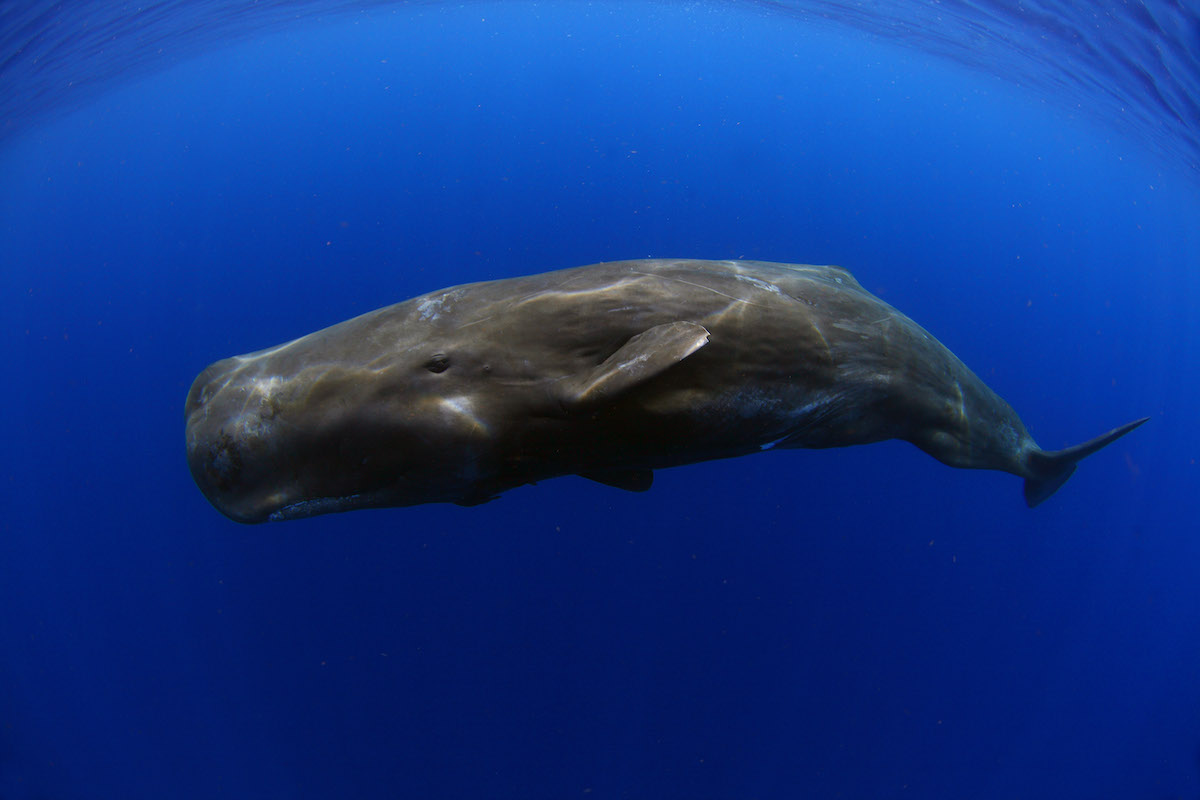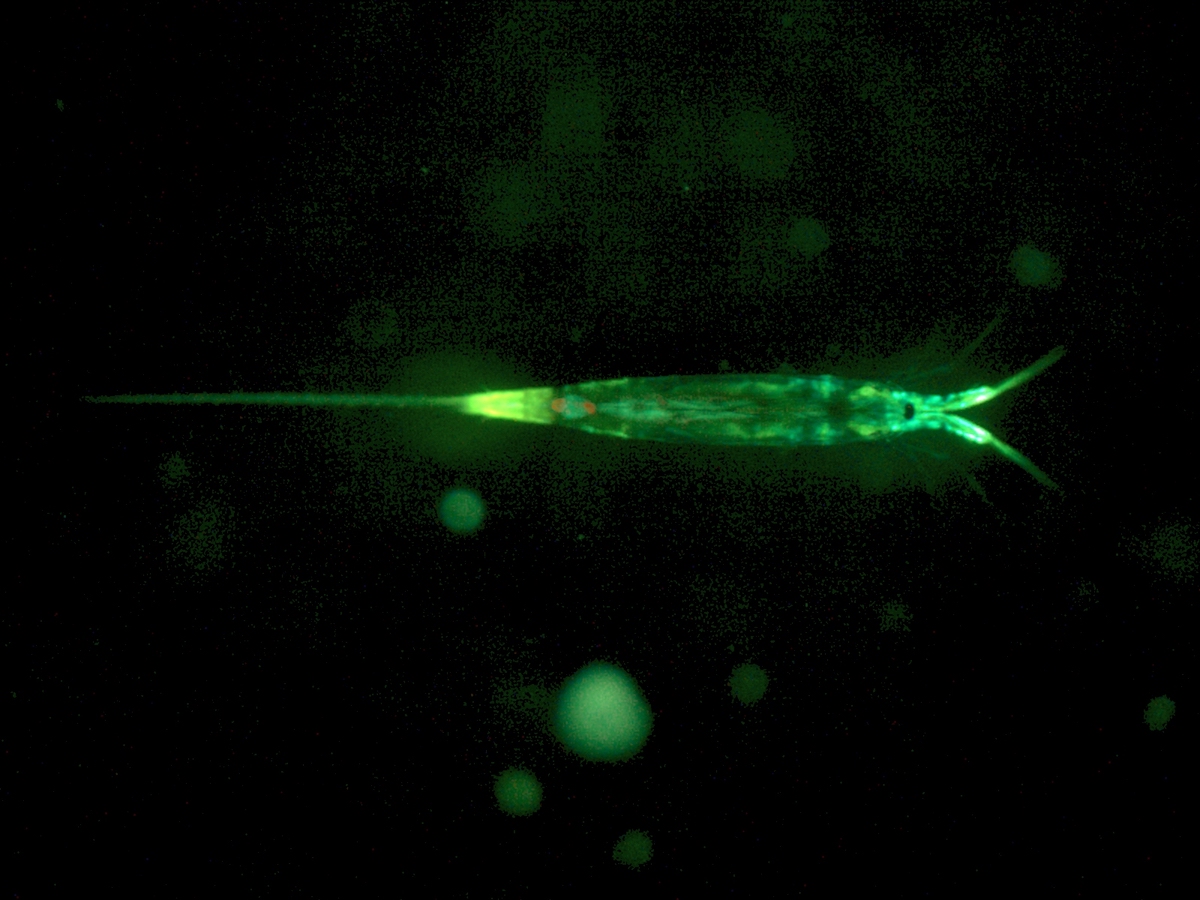Meet the Real Ocean Animals of SpongeBob SquarePants
These cartoon critters may not live in a pineapple, but they definitely live under the sea

Who lives in a pineapple under the sea? Well, you know the answer, I hope! The Nickelodeon show SpongeBob SquarePants has been adored by many since it first aired in 1999. While the species that inspired some of its characters, such as Mr. Krabs and Patrick Star, may be easy to identify, there are a couple of species in this Nickelodeon classic cartoon that may not be so obvious. (And I think you should know a bit more about them as well.) Jump on in and take a trip down to Bikini Bottom with us and meet some of the real ocean animals behind this world-renowned cartoon cast!
SpongeBob

All right, I have to say it … since he’s square, it might be worth considering that SpongeBob is actually a dish sponge that somehow become lost at sea as marine debris. But, for the sake of this blog (and the fact that the series’ creator was a marine science teacher and thought sea sponges were super cool and underrepresented animals), let’s say he’s a sea sponge. While these multicellular animals are some of the simplest in the sea, they play a huge role when it comes to maintaining healthy ecosystems. They’re filter feeders, pumping water through the canals of their bodies and securing food before expelling the water. Their special collar cells also have little whip-like appendages that trap food floating by. There are around 5,000 living sea sponge species today!
Gary

Onto SpongeBob’s loyal companion (and supposed pet), Gary, who is a sea snail. These marine snails are a diverse group of gastropods; they can spend time on land, in saltwater or freshwater, can come in various colors and can be carnivores, herbivores or omnivores. These mollusks are a very important food source for many marine wildlife and help keep marine ecosystems healthy by performing tasks such as removing algae and dead plant matter.
Pearl

This glamorous and giant character (compared to the other cast members of the show, that is) is a sperm whale. The largest of all toothed whales, sperm whales can grow to be longer than the typical transit bus. The cartoon depiction of Pearl is actually spot-on when it comes to the size of her head: Sperm whale heads measure up to one-third of their bodies! Yet, while they might have enormous heads, they have comparatively small eyes, so Pearl’s eyes probably could’ve been sized down quite a bit. Sperm whales get their name from an organ in their heads called the spermaceti organ, which holds a reserve of oil that could be used in echolocation or to help their buoyancy.
Plankton

You guessed it: Plankton is indeed a type of plankton. These itsy-bitsy organisms range in size from two micrometers to more than 20 centimeters, and there are two main types: phytoplankton (tiny plants) and zooplankton (tiny animals). The Plankton character we’re talking about falls into the zooplankton category and is specifically most likely a copepod. A wild stat about copepods: There are more copepods in the ocean than any other multicellular organism!
All in all, this entertaining animated series has undoubtedly sparked curiosity for the underwater world in the minds of many who’ve watched it over the years. Be sure to visit our Wildlife Fact Sheets to learn even more about the diverse array of fascinating wildlife species that live in the deep blue sea.